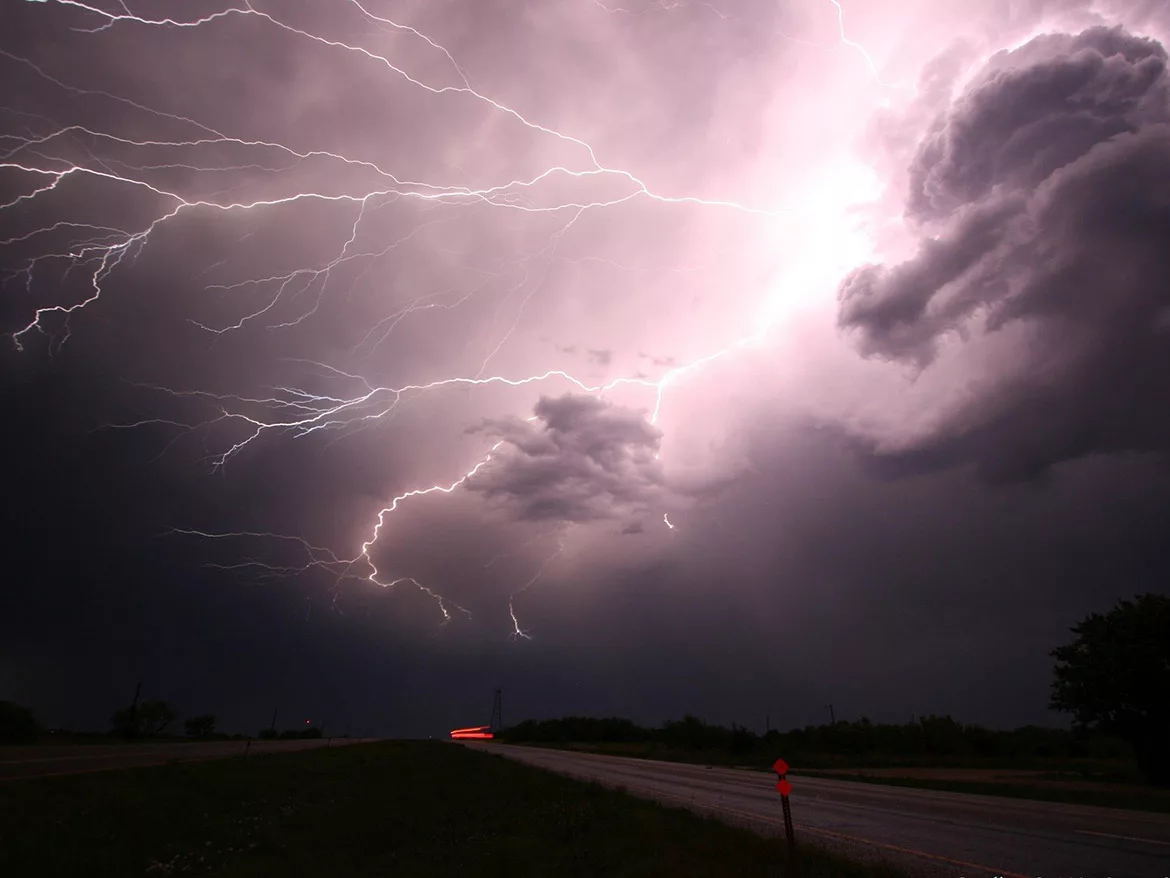How Roofing Companies Can Master Storm Season

“Storm season” provides an abundance of opportunities for the roofing industry as homeowners nationwide become in need of contractor assistance, whether preventive or reactive. While these storm-heavy months typically provide the most business for many contractors in a calendar year, companies that are ill-prepared to handle the influx and are unable to adapt to the hurdles Mother Nature can bestow, will miss out on ample new business opportunities.
Roofing contractors can prevent storm season from getting the best of them by creating effective strategies — both to proactively adjust to possible storm interruptions, and to quickly and efficiently mobilize once severe weather hits their service areas.
Navigating Storm Interruptions During Jobs
Conducting jobs during storm season is always interesting, as forecasted storm cells can either just miss your area, or popup storms can swoop in out of nowhere and deter a job’s progress. Either way, it’s important to plan and prepare for these situations so your employees and, more importantly, your clients, are in the know throughout the process.
A proper step in this preparation is to schedule projects for tentative weeks rather than days. This gives your crew the availability to start a job ahead of time, or if need be, push it back to allow flexibility for them and the homeowner(s). Your crew may finish ahead of schedule, or should weather get in the way, they have the extra allocated days to still finish on time.
Along with this flexible scheduling, it’s important to check your local weather radars throughout the day to ensure the full protection of the homeowners’ property, along with any important equipment. Should storms happen to roll in, it’s wise to have multiple tarps on hand to immediately cover the portions being worked on, minimizing the risk of anything unfinished being exposed to moisture. It may also be beneficial to do tear-offs and drying procedures as early as possible on a day with forecasted storms to prevent any progress being lost. In a season when it’s paramount to efficiently complete numerous jobs during a short period of time, having this sort of plan in place is vital.
Constructing a Post-Severe Weather Strategy
The same storm systems that can impact ongoing jobs may also lead to the next ones you secure. How can companies best attack these situations after the storms move through? The answer: storm maps.
It’s important to check local storm maps after a system passes through to recognize where the heavily affected areas are. Once those are determined, your team can dispatch to those areas and survey the damage. A next step would be to provide no-cost roof inspections to affected homeowners. Providing these inspections and photos of what the storm did or didn’t do gives the homeowners the peace of mind that your team can provide a structured and informative process to repair any storm damages their home may have experienced.
It’s also important to remember, however, how to approach homeowners in these situations. While severe weather in a singular area can be very profitable for local contractors, it can also be a low point for homeowner(s) having to deal with the damage. Ensure your team is approaching homeowners by lending a hand rather than looking for the next line of business. Some may not need any services at the time, but knowing a local company is there to help in times of crises will go a long way when they inevitably need your expertise.
Storm season is a complicated time of year for contractors, as it can bring in great opportunities, but can also be hectic and overwhelming. Attempting to secure and manage countless jobs while also navigating constantly changing weather is no easy task. That’s why it’s paramount that contractors plan in advance to avoid any derailments during the busiest time of the year.
In a period when many companies are struggling to keep their footing in an ever-changing business climate, the storm season of 2021 could be the most important one yet — as well as be the most valuable to those companies who properly leverage and prepare for it.
Looking for a reprint of this article?
From high-res PDFs to custom plaques, order your copy today!






